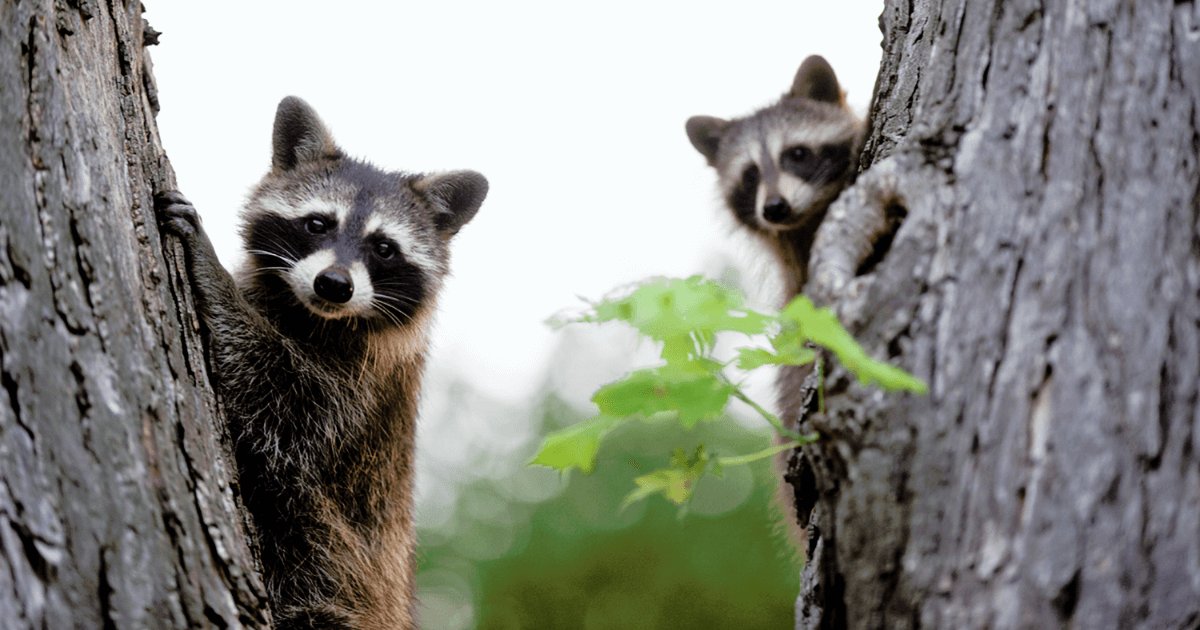
Photo by Jorge Figueiredo / Getty Images
April showers led to May flowers, and summer is just days ahead. It’s a time of adventure and outdoor fun for Canadians – and a time of adventure and outdoor fun for wildlife, too. Fortunately, reducing negative encounters around the home is as easy as following this wildlife attractant checklist!
Attractants are anything that may draw the attention of animals or encourage them to visit/return to a specific place. In numerous negative encounters, unmanaged attractants or feeding of wildlife are direct causes.
1 Outdoor pet food. Leaving a bowl of kibble in the catio, or the detritus from a Labrador retriever attacking their bowl on the lawn, will attract species of all kinds from small rodents like mice and rats up to coyotes or black bears. Ensure any outdoor pet food is cleaned up properly.
2 Barbecues, grills, and fire pits. Marshmallows are a delicious treat, but when left next to a firepit, quickly becomes a siren for all nearby wildlife. Likewise, the grease trap under a barbecue, and the scraps on barbecue or standalone grills can be attractants for numerous species.
3 Ripened fruits and vegetables. It’s early in the season, but numerous species of plants like mulberries are already forming their aggregate fruits that will ripen and drop beginning in June. Picking ripe fruits and cleaning up fallen fruits can help prevent wildlife from hanging out and returning.
4 Bird feeders and feed stations. Providing feed to birds is a long-time hobby for many people. As all birders know, it’s not easy to keep squirrels away from feeders. Likewise, the high-calorie, high-protein, high-fat seed is a beacon for black bears and other wildlife, including rodents. If you live in bear country, bird feeders should be removed outside of the winter season. Clean up fallen seed and consider planting native shrubs and trees to provide natural habitat, safety, and food sources for birds and other wildlife.
5 Check for access points. Many species (but in urban areas raccoons and squirrels particularly) will create multiple dens and caches for themselves. Spend time during seasonal changes to check your home or business for points through which animals may access attics, crawl spaces, and walls. Look specifically for gaps in structures like walls and roofs, seals around utility lines, and open spaces under decks or sheds.
If you need assistance removing wildlife from your home or business, please contact a humane wildlife removal operator (consider checking the AnimalKind.ca list if you’re in British Columbia), and do not attempt any home repairs unless you have appropriate safety equipment.
